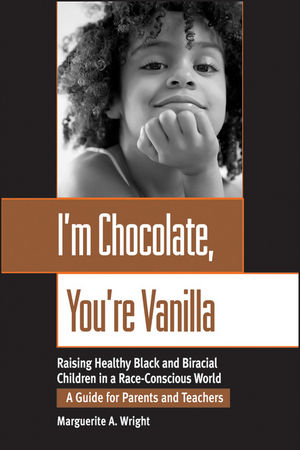Can Science Explain the Concept of Race?Posted in Articles, Book/Video Reviews, Health/Medicine/Genetics, Media Archive on 2012-09-09 17:49Z by Steven |
Can Science Explain the Concept of Race?
PsycCRITIQUES
Volume 57, Release 16 (2012-04-18)
Article 4
5 pages
Lundy Braun, Royce Family Professor in Teaching Excellence and Professor of Medical Science and Africana Studies
Brown University
Amed Logrono, Senior Human Biology Major
Brown University
A review of Race and the Genetic Revolution: Science, Myth, and Culture by Sheldon Krimsky and Kathleen Sloan (Eds.) New York, NY: Columbia University Press, 2011. 296 pp. ISBN 978-0-231-15697-4 (paperback).
As many have written, genomics has ushered in a new era of disease- and behavior-related research. At the same time, biomedical researchers have become increasingly focused on health disparities. Consequently, when, how, and whether race should be used in medicine has been the topic of an intense, sometime contentious, and very public debate.
Less widely appreciated, though of perhaps even greater consequence, is that during this same period, there has been a radical expansion of DNA technologies for identifying individuals purported to be involved in criminal activities. The stakes in the use of DNA technologies in forensics are, if anything, higher than in the sphere of biomedicine. Race and the Genetic Revolution: Science, Myth, and Culture is a collection of essays, edited by Sheldon Krimsky and Kathleen Sloan, that address the intersection of race and genomics in several distinct but overlapping and mutually reinforcing spheres. It joins a growing number of books and edited volumes dedicated to exploring the origins and impact of the revitalization of the concept of race among scientists (see, e.g., Epstein, 2007; Roberts, 2011).
Race and the Genetic Revolution provides important insights into some of the most critical and highly charged applications of genomics. An important strength of this timely, engaging, and readable book—and what distinguishes it from some others—is the clarity with which it demonstrates how genomics findings in one discipline such as biomedicine are applied to other disciplines such as psychology, with the assumptions made about race unexamined…
…Although their perspectives vary, the majority of authors in this collection subscribe to the view that race is a social, not a biological, construction. They agree that historical classification systems based on physical and behavioral traits have established a hierarchy of human worth. Though it is not genetically defined, most authors argue that race is socially and politically real, with real social and biological consequences…
…That race is a social, not a genetic, construct is widely acknowledged, though not always well understood. To demonstrate the social nature of race, several authors point to changing classification systems over time and place and to the empirically demonstrated fact that the genetic variation within groups is greater than that between groups. None of the contributors denies the rich genetic variation that characterizes humans; what is at issue for the authors is whether this variation can be categorized scientifically and the uses made of the scientifically constrained data…
Read the entire review here.
